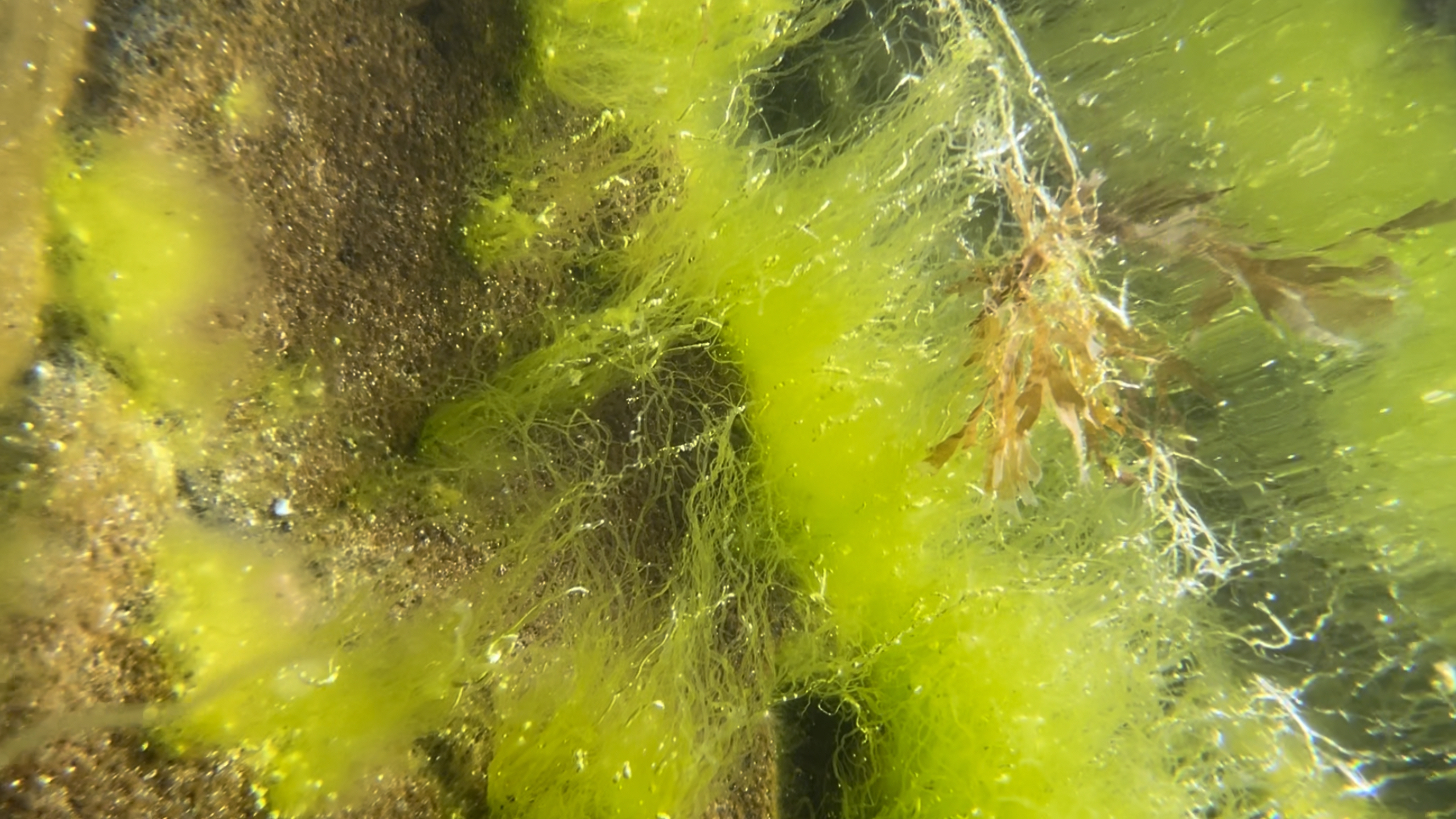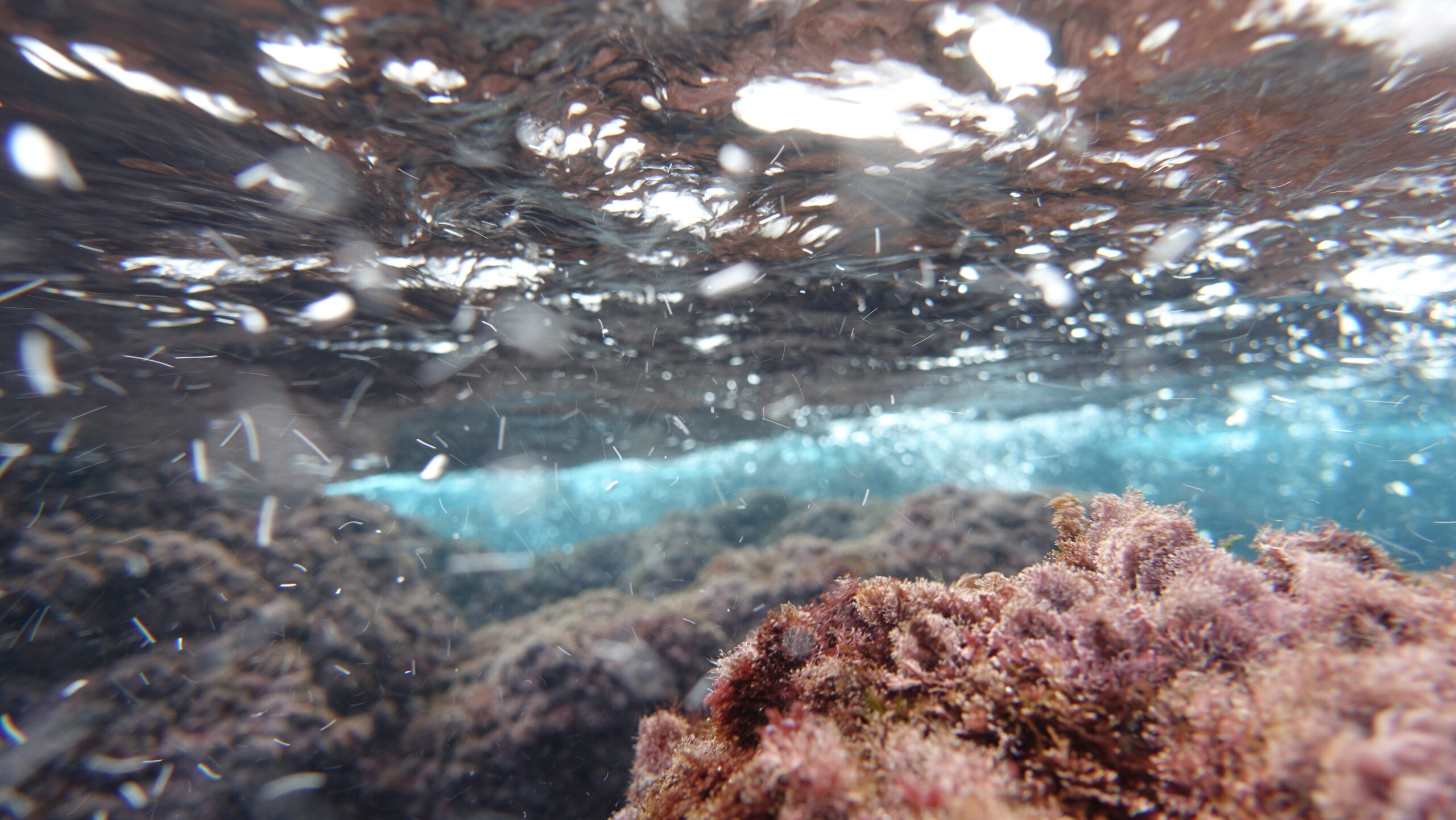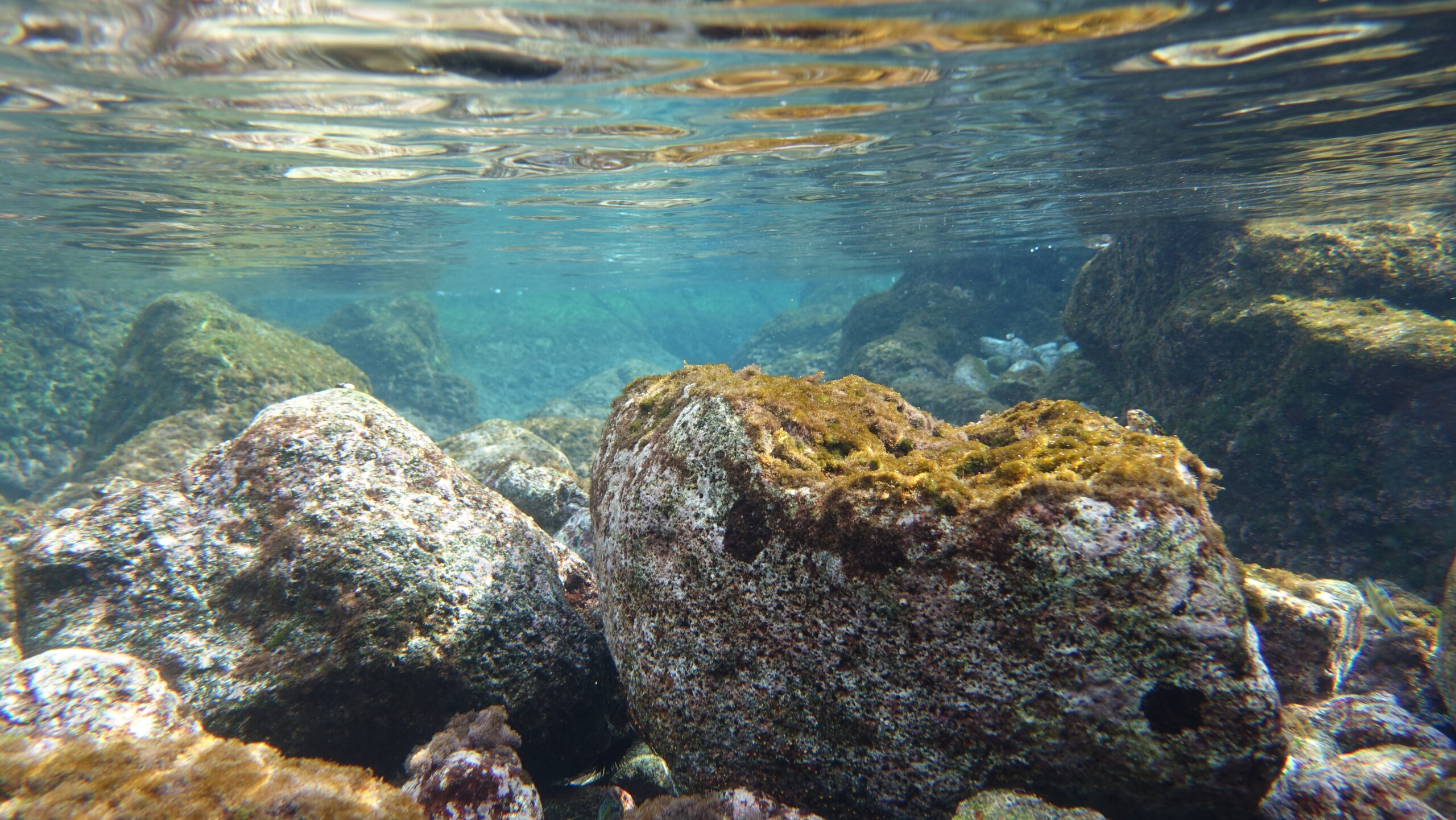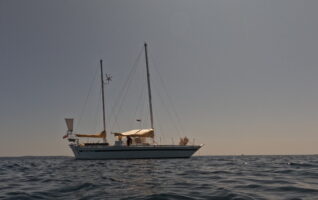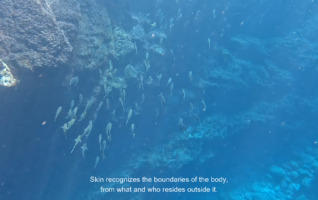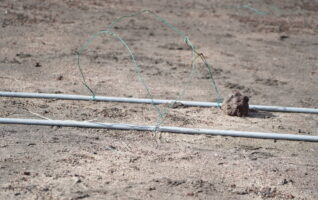Kin Study: The micro-geography of *(plants) life in the Azores, Work in progress 2023
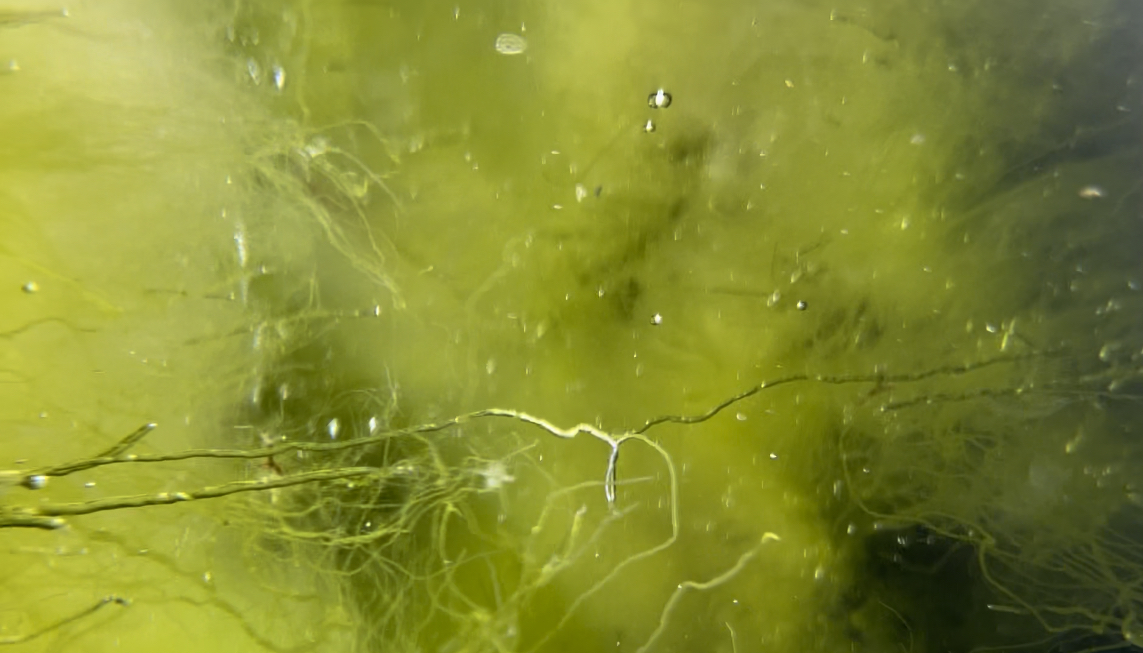
The micro-geography of *(plants) life in the Azores *(Pico Island) confirms the need to work closely with the ocean and to tune in to the multiplicity of our senses, which help us to discover not only underwater landscapes, as systematic and complex interconnected mixtures.
Our ghosts are the traces of more-than-human histories through which ecologies are made and unmade.
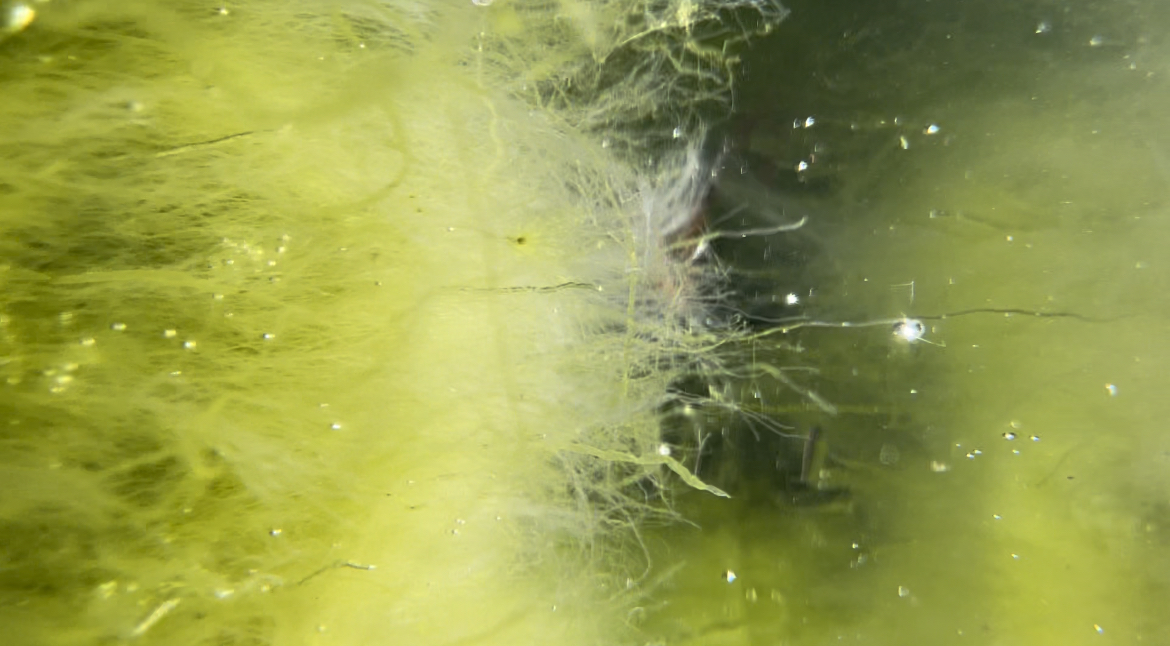
Every landscape is haunted by past ways of life. We see this clearly in the presence of plants whose animal seed-dispersers are no longer with us. I like the idea of attuned to the very hyper-local aspects of our relationships. I also think I’m just trying to encourage a sense of awareness of all the different relationships that make up how we move through the world.
Rather than pondering what plant ontologies might look like, we can speak to plants. To see themselves and nature as part of an extended ecological family. To know that life in any environment is only viable if people perceive the life that surrounds them as kin. The kin, or relatives, include all the natural elements of an ecosystem. Without human recognition of their role in the complexities of life in a place, the life suffers and loses its sustainability. Indigenous cultural models of nature include humans as one aspect of the complexity of life (Enrique Salmón).
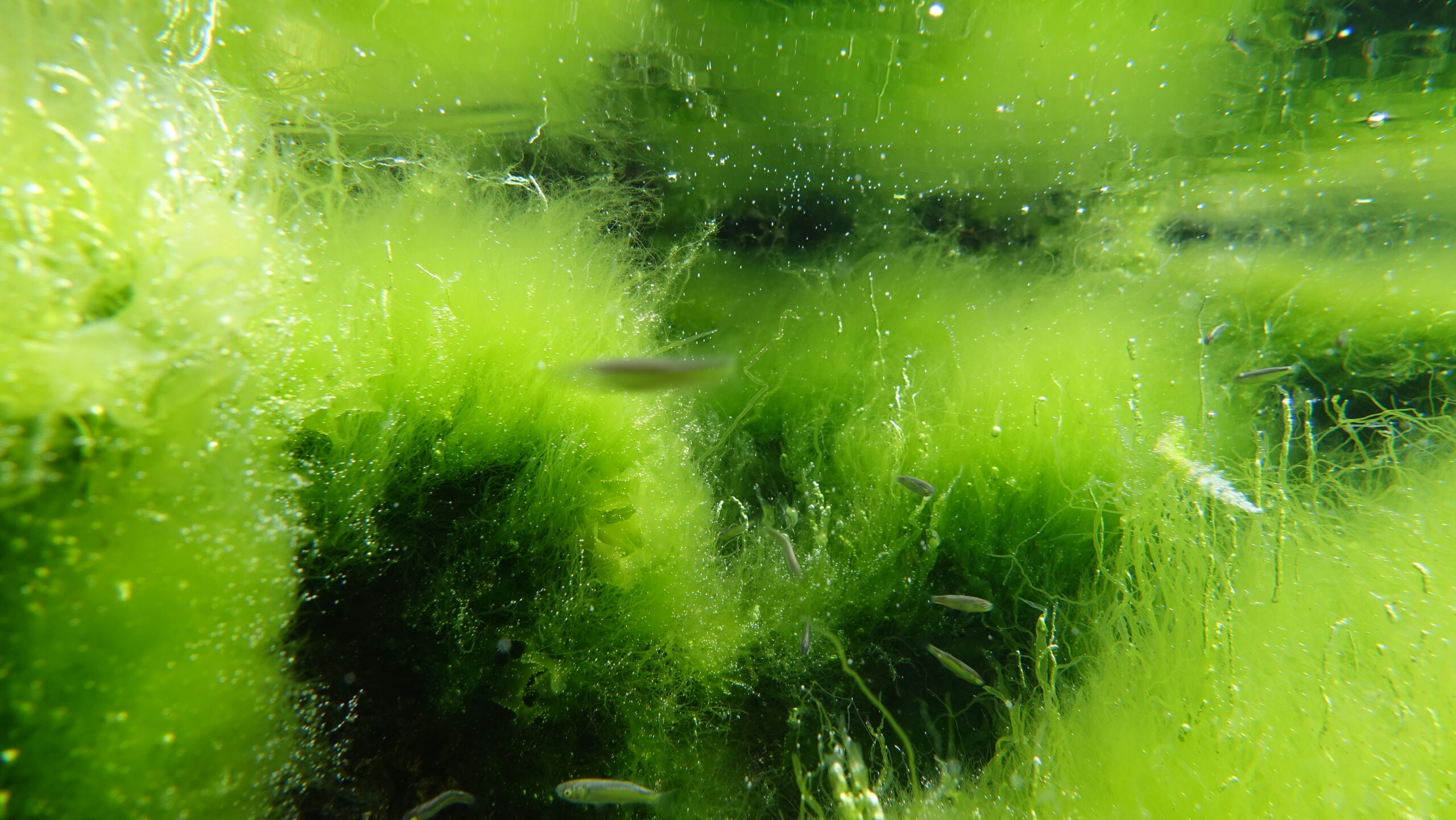
Are there plants in our body? Is there a stage of a plant in human memory? I keep asking…
Yes, at the very beginning. All life comes from a small egg, from a small cell. We’re all the same there. And in the memory of mankind there are definitely plants. Look at fairy tales, there are a lot of people and beings coming from plants.
And you think I can find plants in my own body? How? I was interested.
In human memory, the internal memory of DNA, is stored the history of all life. There are animals, plants…
And why is it important to take care of plants, to take care of them?
It’s important to understand them, because plants are part of us. When we understand them, we understand ourselves. Every plant has its reason for being here… It’s important to understand why plants grow. Why they grow just so and so, and why they spread out in a certain way. They can’t move, but they expand. And yet they stay in the same place. Why? Sometimes they move, like some species in Africa by wind. Or algae in the ocean.
The land all around me is teeming with creatures who are related to humans and to me.
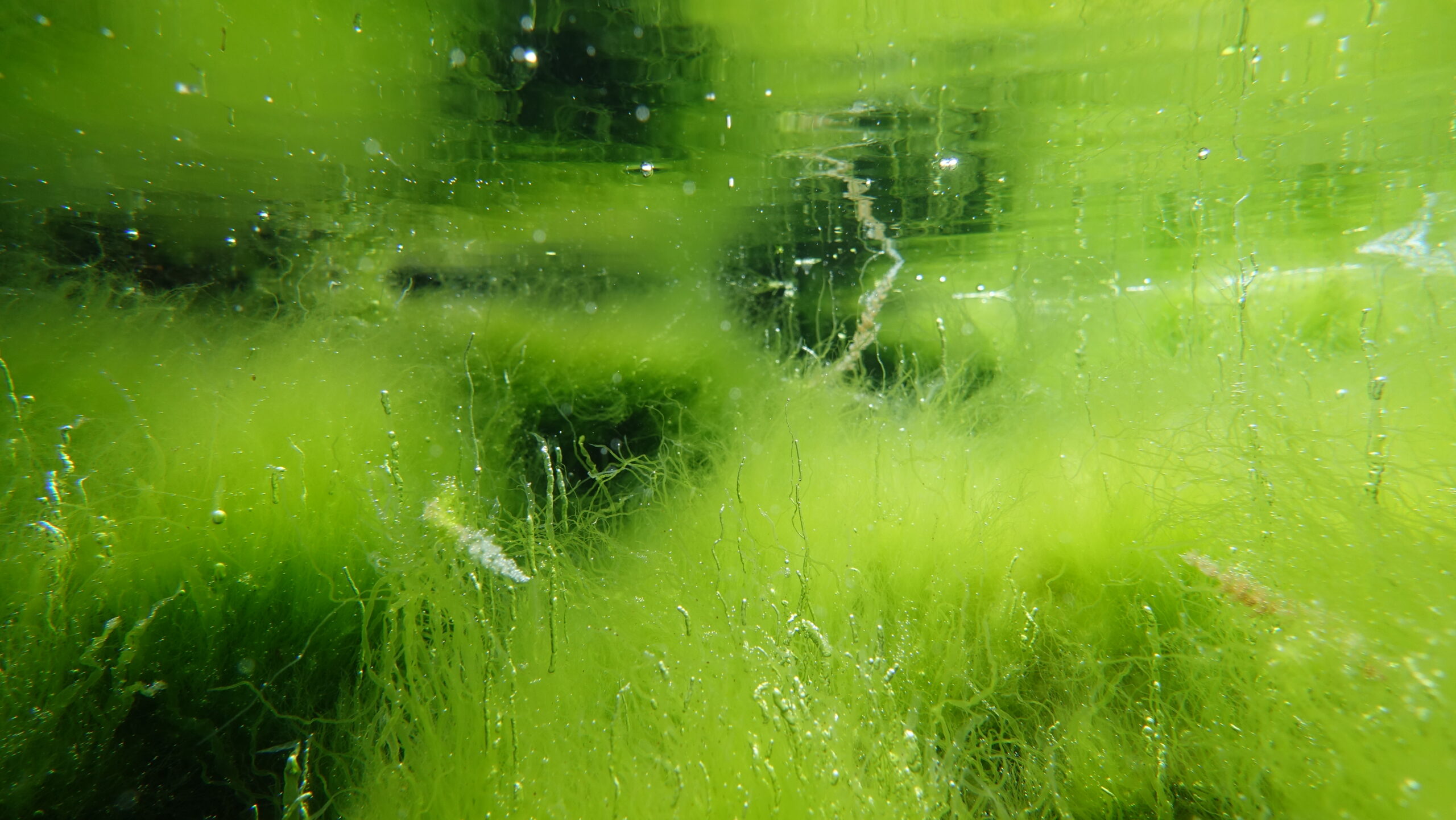
The plants like to be near each other because they share their breaths. Interactive community of sensitive and susceptible forces.
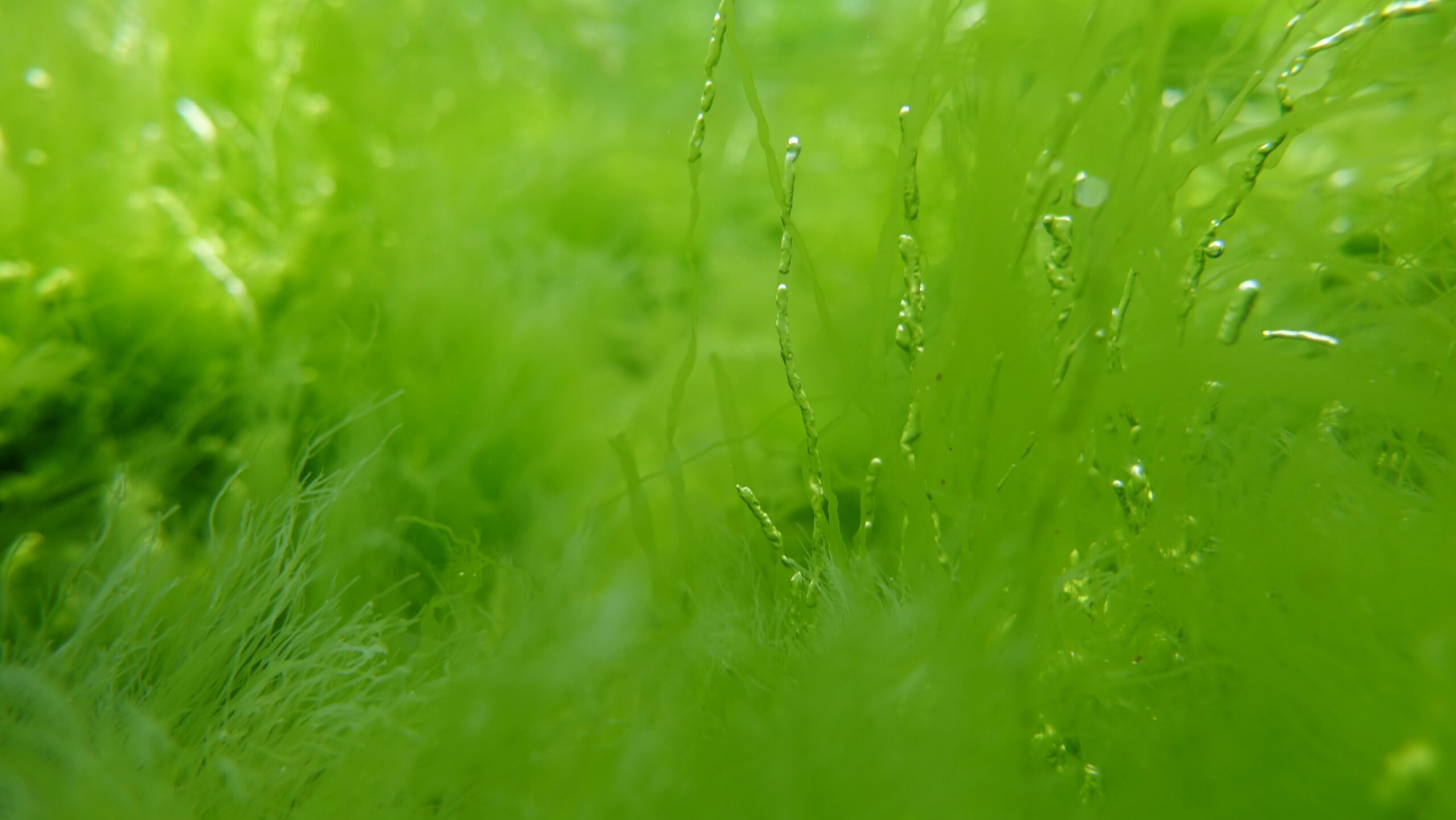
Community of entities.
Everything that breathes has a soul. Plants, animals, people, rocks, earth, they all have the same breath. When people and animals die, their souls become butterflies that visit the living. Butterflies also travel to the Milky Way (where past ancestral souls dwell).
All life has the same breath. We are all related to the complexity of life and we play a part in it.
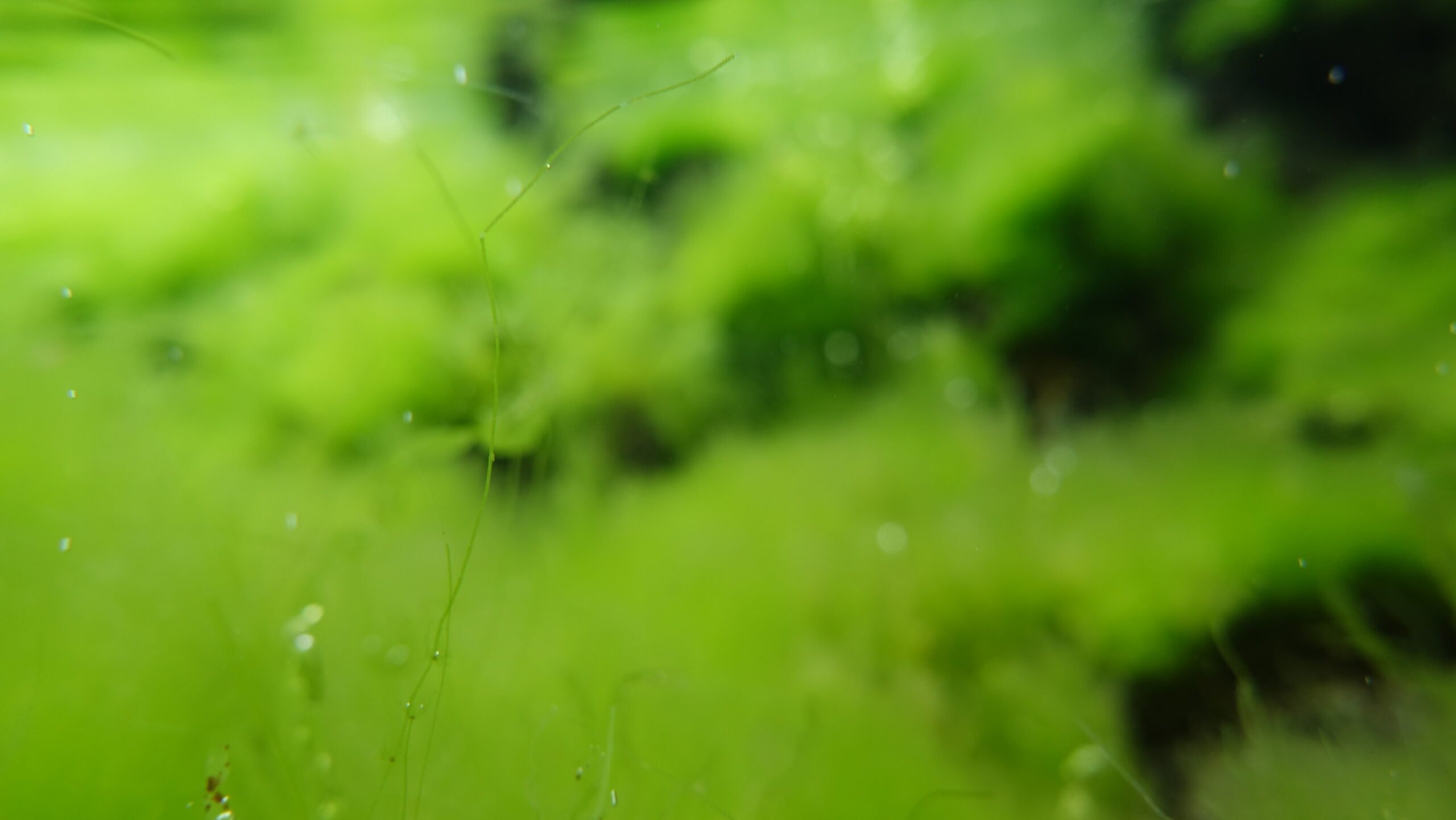
In a previous world, people were part plant. A certain attachment results from knowing that some of your relatives are the life-forms that share your place with you.
